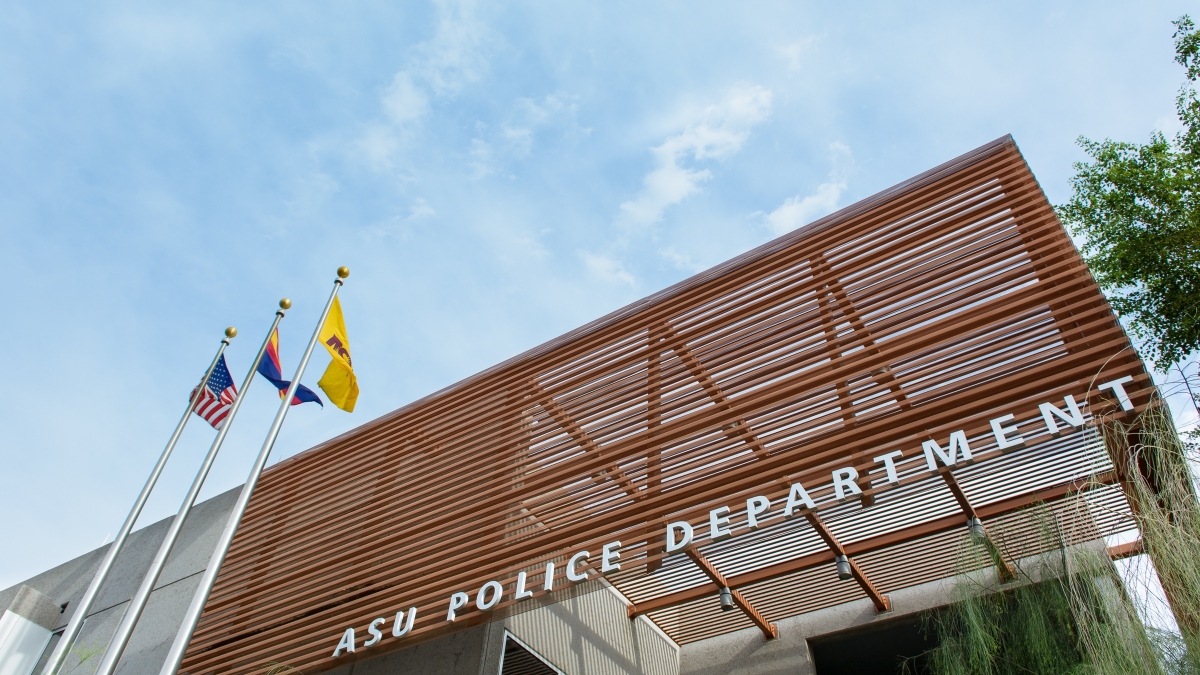Campus safety comes home

Arizona State University will host the 58th annual conference of the International Association of Campus Law Enforcement Administrators from June 24-28.
In 1958, two events that occurred in the budding city of Tempe would leave a lasting imprint on the world of academia.
While Arizona State College rebranded itself as Arizona State University, a meeting of 11 traffic and security directors from eight colleges across the country gave birth to the National Association of University and College Traffic and Security Directors, which would later become the International Association of Campus Law Enforcement Administrators (IACLEA).
This year, ASU will host IACLEA's 58th annual conference from June 24-28 at the Sheraton Grand Phoenix, which marks the first time that the conference will be held in the state of IACLEA’s inception.
More than 500 member universities are expected to attend the conference, which provides campus-safety leaders opportunities to network and share best practices.
“First off, it’s a forum for the exchange of information between individuals engaged in campus public safety,” said IACLEA president William Taylor, who began his career in campus law enforcement in 1972 at ASU. “And that’s at all levels: it’s policies, procedures, equipment, issues that come up, concerns that develop."
The association, which boasts 1,800-plus member universities, has become the go-to agency for college campus safety nationwide, especially with the increase in gun-related campus violence over the past decade.
The mass shooting at Virginia Tech in 2007 spurred IACLEA’s efforts to provide codified standards of accreditation for colleges and universities, of which both ASU and Virginia Tech are members among 44 other institutions. Twenty-five more institutions are applying for IACLEA accreditation, including Baylor and Clemson University.
“Not being part of IACLEA, or any other accreditation body, a department runs the risk of not being within the latest national and international best practices and would appear to the outside that a department may not be as transparent as they could be or serving the public to the best of their ability,” said Michael Thompson, chief of the ASU Police Department (ASUPD).
“ASUPD is accredited both with the Commission on Accreditation for Law Enforcement Agencies (CALEA) and IACLEA, which shows our level of commitment to our professionalism and service.”
Both ASU and IACLEA have grown and thrived over the better part of six decades, as ASU would become the largest public institution in the nation and top the U.S. News & World Report’s list for most innovative schools. Meanwhile, IACLEA has spread its influence on the global scale by adding member institutions from five continents, beginning with Canada in 1967.
“ASU Police Department’s commitment to the service of our community by maintaining strict professional standards through CALEA and IACLEA is a direct reflection of being a progressive and innovative police department,” Thompson said. “We are mirroring the university’s and President Crow’s dedication and vision of being the best we can be while always looking to the horizon for new ways to be better.”
“We’re all passionate about the work we do,” Taylor said. “I’ve been doing this business for 45 years. I love doing campus public safety. It’s in my blood, I guess. I enjoy working with students and working with faculty and staff to develop programming to make things safer and educate them so they themselves can take proper precautions in the things they do. It’s a thing I think for me that has been kind of a lifelong dream.”
More University news

Miki Kittilson appointed dean of ASU's College of Global Futures
Miki Kittilson has been appointed dean of Arizona State University’s College of Global Futures, a unit of the Julie Ann…
Graduate College celebrates 2024–25 Outstanding Faculty Mentors
Each year, Arizona State University’s Graduate College celebrates faculty members who have demonstrated an unwavering…

ASU's building boom illustrates university's commitment to keep moving forward
To understand how Arizona State University is never settling and constantly improving, look up.At the seven-story student housing…

